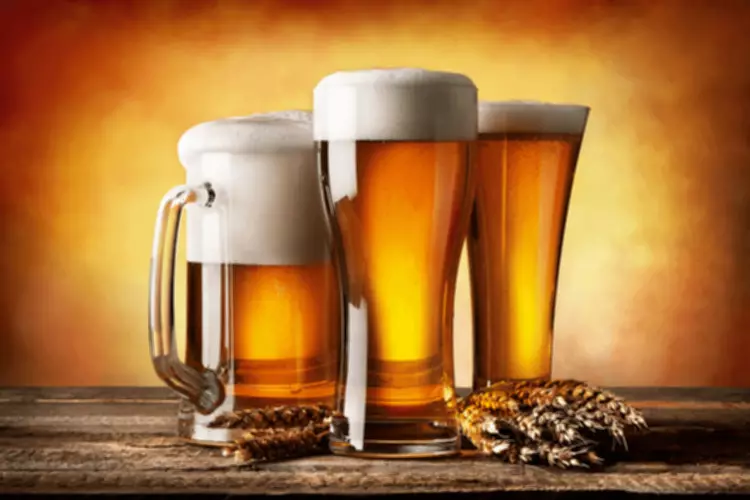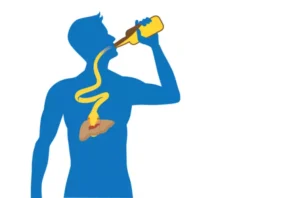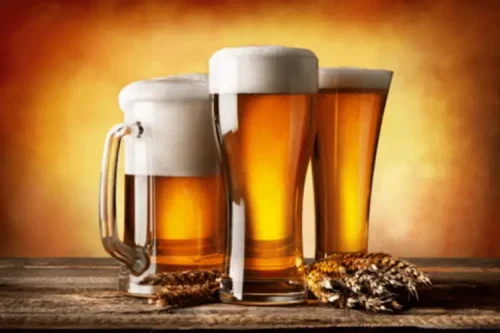
Due to the toxic nature of these substances, users may develop brain damage or sudden opioid addiction treatment death. Examples include methylenedioxymethamphetamine, also called MDMA, ecstasy or molly, and gamma-hydroxybutyric acid, known as GHB. Other examples include ketamine and flunitrazepam or Rohypnol — a brand used outside the U.S. — also called roofie. These drugs are not all in the same category, but they share some similar effects and dangers, including long-term harmful effects. Substituted cathinones can be eaten, snorted, inhaled or injected and are highly addictive. These drugs can cause severe intoxication, which results in dangerous health effects or even death.

How to identify, treat and prevent opioid use disorder

In addition, the mortality rate for people with OUD is 10 times higher than that of the average population. Opioids are responsible for over 120,000 deaths worldwide every year.

How to tell if a loved one is misusing opioids

When addicted to a drug, a person will continue to use the drug even when it makes life worse. Both methadone and buprenorphine activate tiny parts of nerve cells (opioid receptors) to control cravings, and they are effective and similar in safety and side effects. They may be used as maintenance treatments and, in some cases, to taper off opioid use. The person with the opioid use disorder may decide on outpatient treatment or enter a rehabilitation facility for more concentrated therapy. People with OUD may try to obtain more medication than prescribed in alternative ways or with illegal or deceptive methods. They may go to healthcare facilities in non-emergency situations to do so or trade medications for opioids with others.
- Unapproved new drugs do not carry the same assurances of safety and effectiveness as those drugs subject to FDA oversight.
- “I want to thank the Washington State DOH for moving us forward on this initiative to train more of our personnel to administer this medication to the people we serve.
- When taken as directed for a limited time, opioids are not likely to lead to addiction.
- If you have been taking opioids long term, it’s not recommended that you stop taking the medication suddenly or by yourself.
Hurricane Milton updates for our Florida patients
- Therapists and other addiction and substance abuse professionals carry out cognitive behavioral therapies and promote adherence to medical therapies.
- It’s common not to talk about your concerns because you fear that your relationship or family will fall apart.
- Research shows there is a higher rate of substance use disorder among patients with diagnoses such as depression and those who use other substances such as alcohol.
- The Baltimore Banner may receive compensation for some links to products and services on this website.
- Medications and behavioral therapies can help people with OUD stop using opioids and support them in their recovery.
- Remember to never take medication that has been prescribed for someone else.
- It is a disorder in which someone is misusing opioids to the point where it is becoming difficult for them to be able to stop using them or decrease their use.
A single dose of buprenorphine provides 24 to 48 hours of protection from opioid overdose. Relief of withdrawal symptoms provides an opportunity for engaging patients in conversation about treatment, recovery, and social service connections. Common medications include Methadose (methadone) and Belbuca or Brixadi (buprenorphine). These medications can be useful during the early stages of treatment to reduce withdrawal symptoms. However, these medications must be used under the supervision of a healthcare provider as they carry their own risk of side effects, dependence, and withdrawal.
- More than 100,000 people died from drug overdoses from April 2020 to 2021, an increase of 28.5% from the prior year, according to a report by the Centers for Disease Control and Prevention (CDC).
- People may develop OUD from the use of prescription or illegal opioids.
- This medication can rapidly reverse an overdose and prevent brain damage and death.
- To treat those with opioid use disorder, it is crucial to expand access to evidence-based treatments, including medications for opioid use disorder (MOUD).
- About 39.5 million people lived with drug use disorders in 2021(2).
Millions of pills flooding into the city reversed Baltimore’s progress in addressing heroin overdoses, the lawsuit claims, and made existing problems worse by introducing new users to prescription opioids. The city’s expert witnesses say opioid users turned to cheaper and more deadly street drugs when the supply of prescriptions dried up in the early 2010s, pushing Baltimore’s overdose rate to an unprecedented level. The team of researchers analyzed data from 2013 to 2021 from MEPS and the Centers for Disease Control and Prevention’s National Health Interview Survey. Findings show that although only 37% of the population has ever smoked, smokers account for 69% of annual prescription opioid use.
- NAS is a group of withdrawal symptoms that a baby has after being exposed to drugs during pregnancy.
- According to the National Academies of Science, Engineering and Medicine, people undergoing long-term recovery with buprenorphine or methadone reduced their risk of death by 50%.
- The person’s environment and access to supportive family members and friends can also play important roles.
- Stopping or lowering the dose of opioids can cause physical withdrawal symptoms (such as vomiting, diarrhea, and sweating), and psychological symptoms (such as anxiety and agitation).
- There is an ongoing conversation about opioid use in clinical settings in an effort to reduce exposure to opioids for patients in less critical need.
